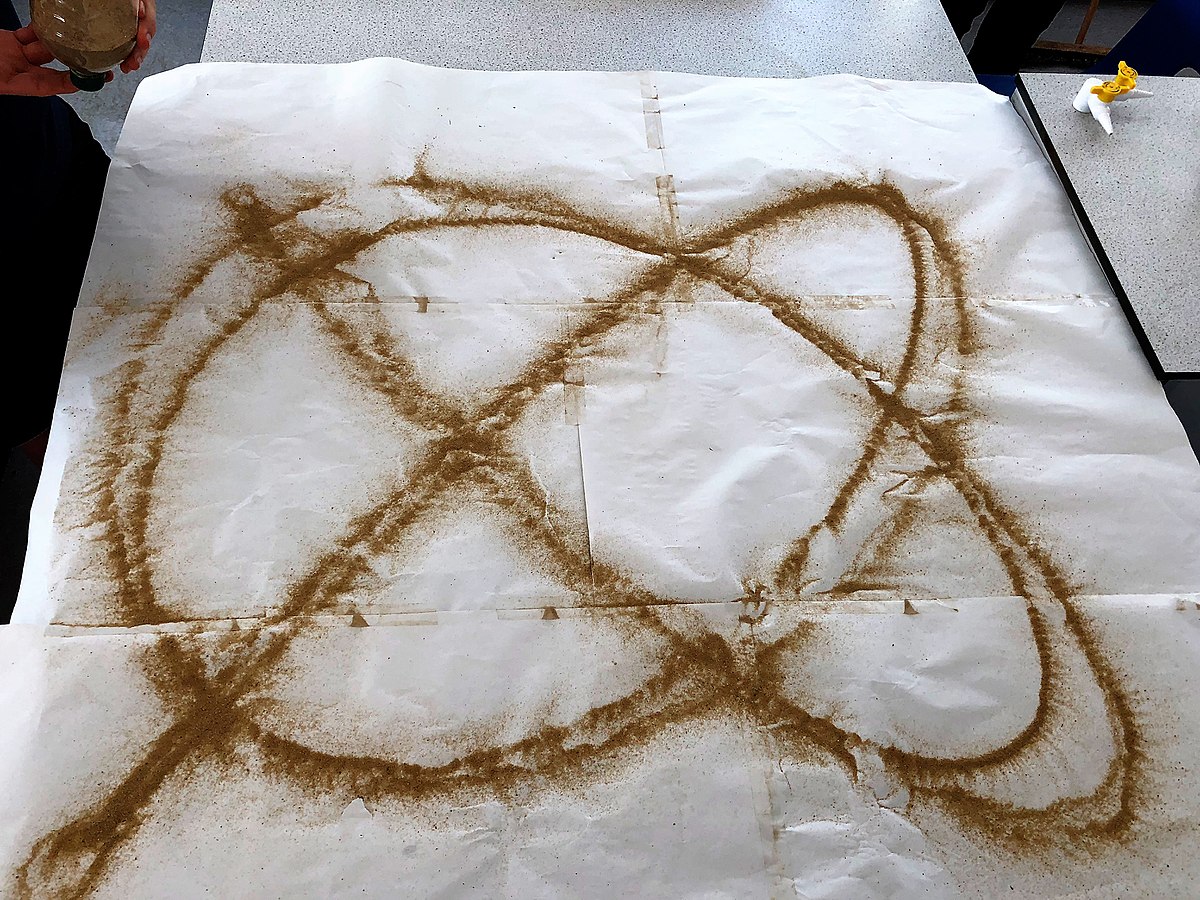alwayslogo
Member
Greetings @Jayant_S for your purchase of the deck. Being a cassette lover, it gives me pleasure when I see someone is buying a good cassette deck in this era primarily of streaming music. Take good care of your nice player. I suggest you acquire a Head Demagnetiser, either in cassette or wand format. It will help to reduce the magnetism build up in the tape path after long playing. Magnetism severely affects the recording of the tape by reducing the high-frequency response, and the damage is permanent. And also, keep good quality Iso-Propyl Alcohol and absorbing cotton handy for frequent cleaning of head, capstan, pinch roller and associated tape path. These are heavily needed after a long gap of cassette listening. Once you get the habit of playing your cassettes regularly, frequent cleaning might not be needed. However, thorough service in regular interval is recommended. Storage of cassettes in a dry environment is equally important to somewhat prevent the fungus buildup.
I am using cassettes to date from my childhood alongside the digital format of music. I have a small collection of cassettes, decks and Walkmans. Well-preserved cassette sounds good when it is played back in a good system. The SQ is somewhat different and incomparable with a digital source, but both are enjoyable in their own way.
I strongly recommend listening cassette for those specific albums which are troublesome to get in other formats. There are many albums whose CD or record are rare, hence pricey. Also, there are albums that are only available in cassette format and not available in any other format, not even on streaming. Since used cassette is somewhat cheap than other physical mediums, also it is easily available, at least in my hometown Kolkata, it can be utilised for the purpose of cassette-specific album listening.
Where to buy head demagnetiser ?


